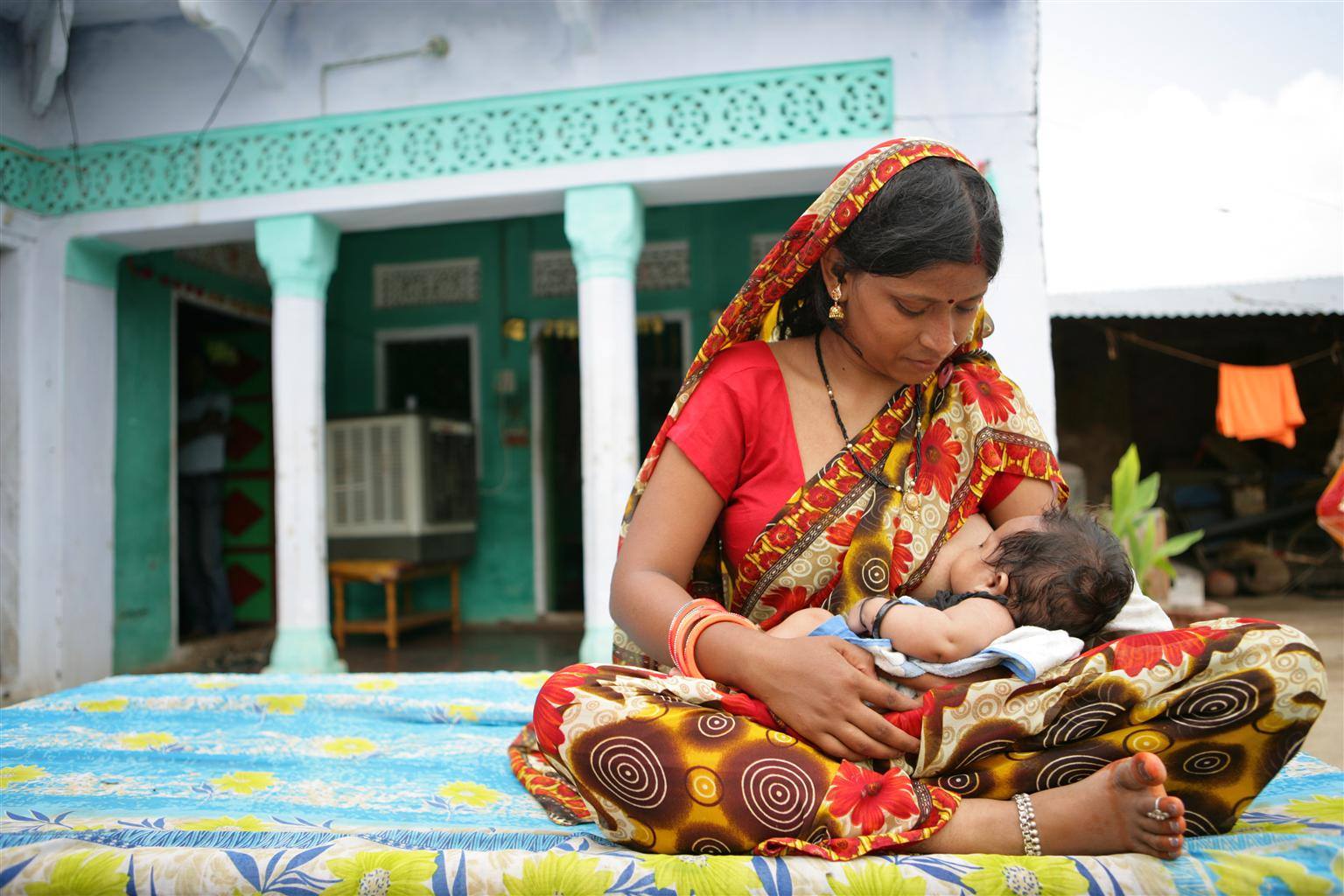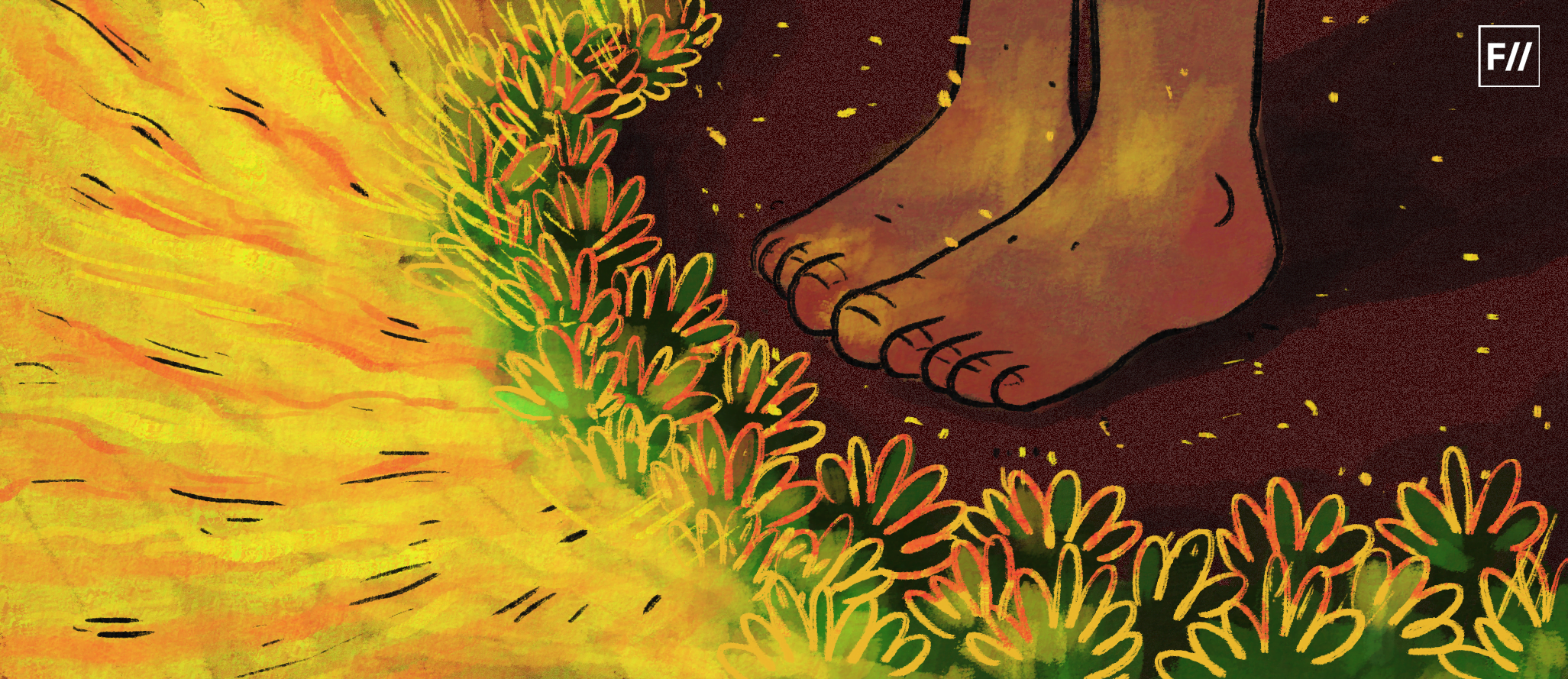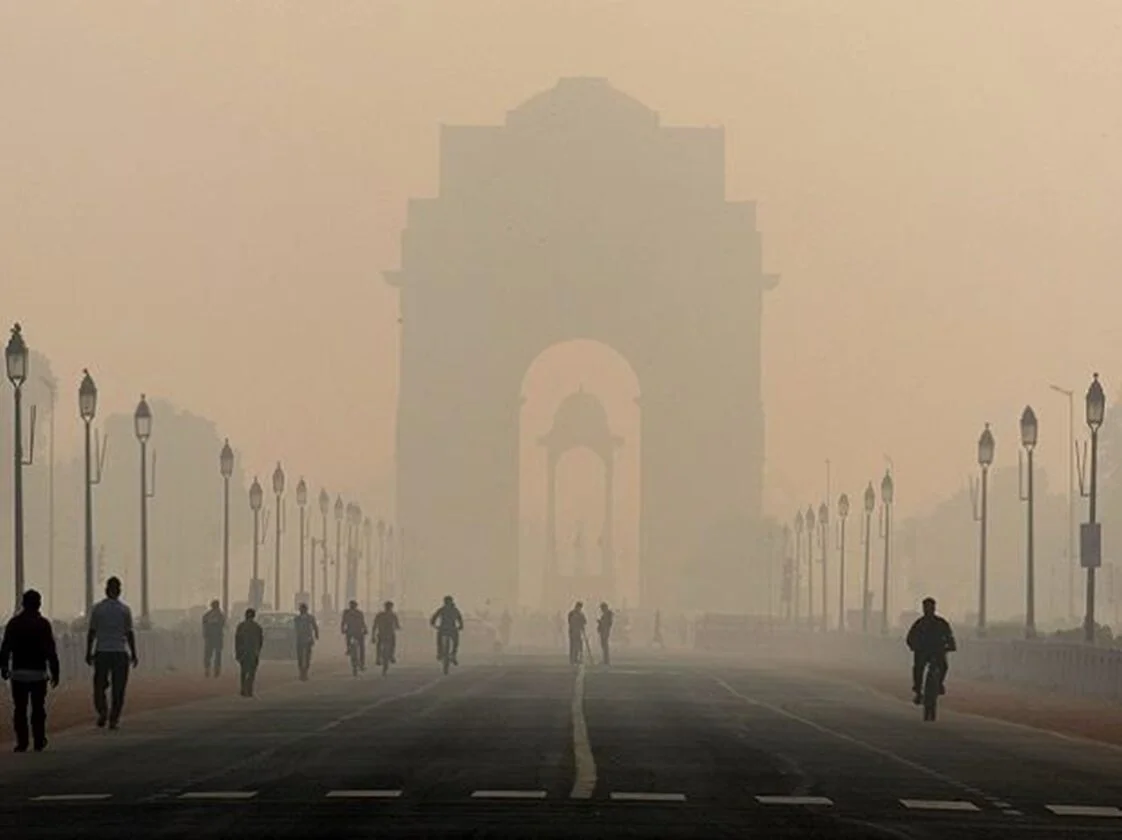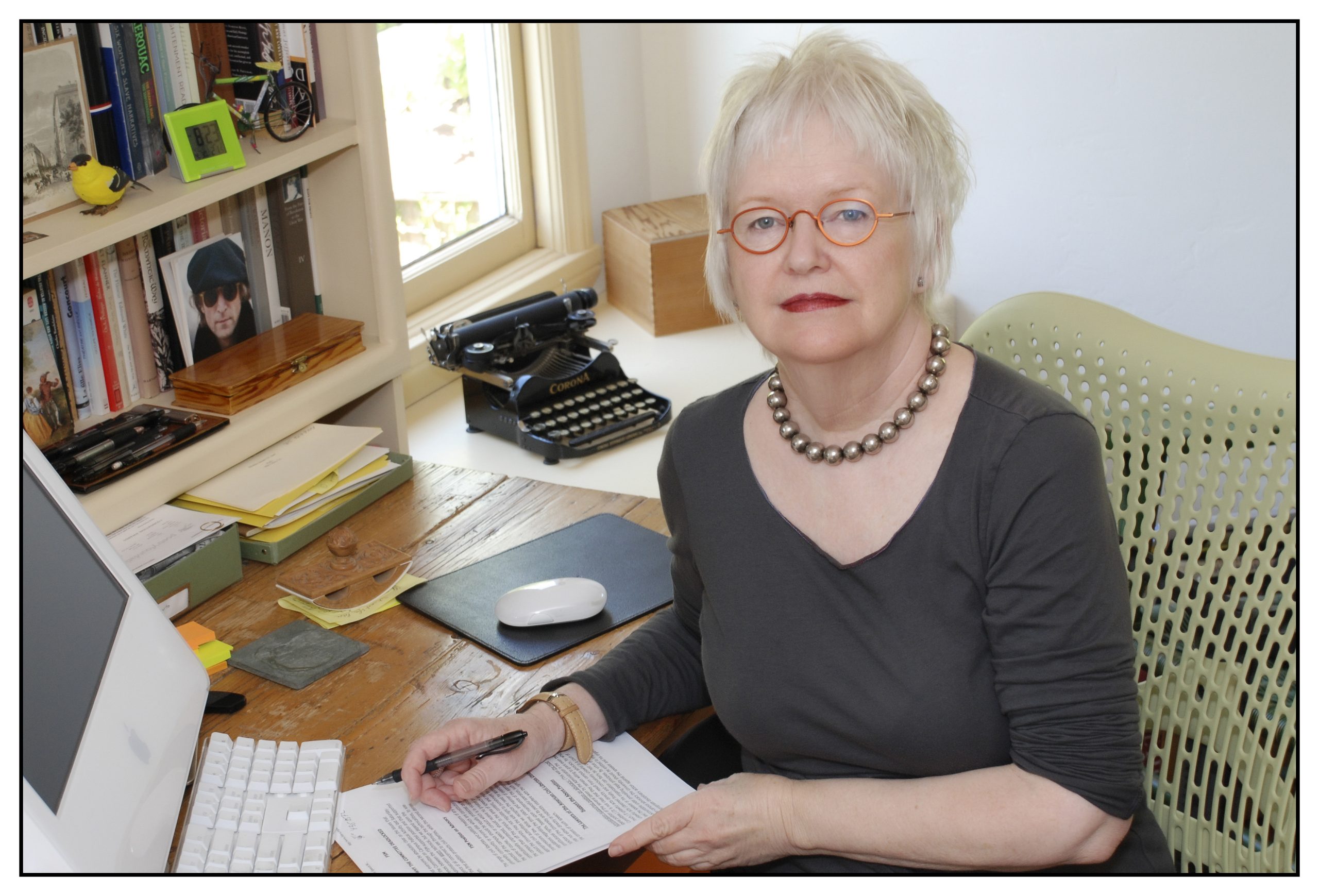It was 36 degrees in Khairthal on an early August afternoon, the kind of heat that clings to the skin, heavy with humidity yet parched in the air, leaving both body and breath restless. In a one-room house with a tin roof, Priyanka, a 27-year-old mother, tried to soothe her five-month-old son. Her body was slick with sweat, and the baby refused to latch, crying with the same restless discomfort that Priyanka herself felt. “I thought breastfeeding was natural, that it would just happen,” she said. “But in this heat, with no fan even holding him against my chest feels so uncomfortable, and if I have to feed him for more than an hour, I feel I will collapse.”
Across India, where summers are growing longer and hotter, women like Priyanka are forced to rethink how they breastfeed their children. The intimate act of nourishing a child, already fraught with stigma and stress in many households, is now being reshaped by rising temperatures, erratic monsoons and urban air pollution, and the widening inequalities in access to healthcare and nutrition.
The science and the strain
Breastfeeding is often hailed as the gold standard for infant nutrition. The World Health Organisation (WHO) recommends exclusive breastfeeding for the first six months, citing benefits for immunity, development, and maternal health. But climate change introduces stressors that complicate this practice in both urban and rural India.
Breast milk safely fulfils all nutritional and energy needs for the first few months of life and contains antibodies which are protective against childhood infections. A Lancet review of data from 153 countries found that exclusive breastfeeding (EBF) reduced infant mortality by 88% and was protective against infections, being overweight in later life, and diabetes. EBF for the first 6 months of life is one of the most effective interventions to promote adequate growth and prevent neonatal, infant, and childhood illnesses.
The International Panel on Climate Change (IPCC) estimates that global mean temperatures will exceed 1.5–2°C by the end of the century compared to the period 1850–1900, bringing more frequent and more intense heat waves.
But even this most natural and protective act of care does not exist in isolation. As the planet warms, the conditions under which mothers feed their infants are being reshaped. Climate change is altering the way EBF is practised, adding new stresses for mothers and infants alike. The International Panel on Climate Change (IPCC) estimates that global mean temperatures will exceed 1.5–2°C by the end of the century compared to the period 1850–1900, bringing more frequent and more intense heat waves. Climate change is likely to increase impacts from more frequent and more intense heat waves. Observations confirm that the frequency and intensity of heatwaves have increased in Indi,a while climate modelling has projected severe changes in both wet and dry extremes across India in the future.
Rising heat may directly alter maternal physiology through stress, dehydration, or exhaustion, but it can also change how mothers perceive their own ability to feed. In many contexts, these perceptions have a profound impact on breastfeeding practices.
For instance, a common misconception that persists among lactating mothers is that breast milk alone is insufficient to keep a baby hydrated during hot weather. This belief often leads to the introduction of supplementary feeding, sometimes with non-potable water or other fluid,s undermining exclusive breastfeeding and exposing infants to infection risks.
For example, in Bihar, research has shown that infants under six months were more likely to be exclusively breastfed during the cooler months compared to the hotter season, suggesting that heat not only strains mothers physically but also influences their confidence in milk sufficiency. While no studies to date have directly examined breast milk production in relation to temperature, scientific evidence consistently links maternal stress with changes in milk composition. Even if supply itself is not significantly reduced, sustained exposure to high temperatures can deepen a mother’s perception of inadequate milk, prompting early supplementation or mixed feeding.
Even though water intake increases the risk of diarrhoea, mothers supplemented breastfeeding with water in 85% of children to improve hydration status.
“A dehydrated mother can still produce milk,” explained a paediatrician in Jaipur, “but often at lower volumes. The anxiety of feeling ‘dry’ becomes self-fulfilling. And when babies are fussier in the heat, women interpret it as a sign that milk is inadequate.”
Even in stable times, breastfeeding in India is layered with myths: colostrum, the first thick yellow milk, is sometimes discarded as “impure”; mothers are told their milk is “too thin” in the summer heat; and returning to work after childbirth often forces women to wean prematurely. Climate stress deepens these fissures.
In Khairthal, Rajasthan, where May temperatures soar past 45°C, women told me they are advised not to feed during peak afternoons because “garam doodh bacha ko bimaar kar deta hai (hot milk makes the child sick)“. Such beliefs, reinforced by heat-induced infant fussiness, discourage mothers from persisting.
In cities like Delhi and Mumbai, urban pollution, however, brings a new challenge. Studies suggest that exposure to fine particulate matter (PM2.5) may lower birth weight and compromise lactation. Breastfeeding, once considered protective in smog-choked cities, is now under scrutiny as toxicants can pass through breast milk.
The Weight of Work and Class
If climate is one axis of stress, class is the other. In India, breastfeeding is never just a private act between mother and child; it is shaped by labour, food security, and structural inequities.
Most women work in agriculture or informal jobs where maternity leave, private spaces, or time to nurse are unimaginable luxuries. A woman bent over millet stalks in 42°C heat cannot step away every two hours to breastfeed in the shade. Many leave infants with older siblings or neighbours, sustained on cow’s milk, sugar water, or formula if they can afford it.
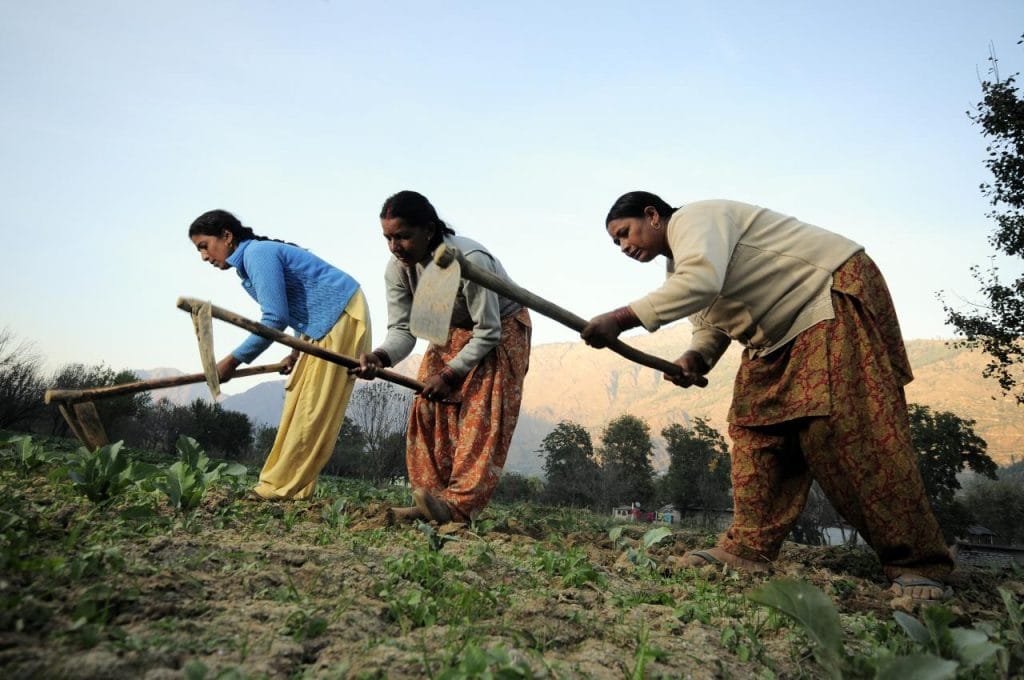
Nutrition sharpens the inequity further. In drought-prone states like Rajasthan and Maharashtra, food insecurity chips away at lactation quality. Women surviving on little more than chapatis with salt or tea without milk still produce breast milk, but often at the expense of their own health. An anaemic mother, already weakened by micronutrient deficiencies, who breastfeeds while enduring heat stress, faces a compounded and invisible risk.
Iron and vitamin B12 deficiencies are particularly widespread, leaving mothers exhausted and vulnerable. These deficits may subtly alter milk quality and compromise maternal resilience. Climate shocks, crop failures, water scarcity, and food price spikes only deepen the crisis. What was once a seasonal hardship has hardened into a chronic condition.
Climate Resilience in Breastfeeding
Maternal and child health policies must integrate climate adaptation. India’s response to the dual challenge of breastfeeding and climate change must move beyond individual mothers and into systems of care. Cooling centres during heatwaves, clean lactation spaces in disaster camps, and hydration support for mothers should be built into the National Health Mission. Public campaigns are urgently needed to counter harmful myths—such as the belief that breast milk is insufficient in hot weather—by emphasising that breast milk remains safe and adequate even in extreme temperatures.
At the same time, working mothers, particularly in agriculture and informal labour, need stronger institutional backing through paid maternity leave, accessible crèche facilities, and options for breast milk storage. Long-term monitoring of environmental toxins, including PFAS and heavy metals, is also critical to ensure that lactating mothers are not left navigating invisible risks without guidance. Finally, community-led resilience offers perhaps the most immediate buffer: local women’s groups, from anganwadis to self-help collectives, can anchor climate-sensitive breastfeeding support by providing peer counselling, shaded shelters, and collective food-sharing in times of scarcity.
Internationally, climate activists are beginning to talk about ‘green feeding’, policies that protect breastfeeding as part of sustainable development. The idea is simple: just as we talk of renewable energy or regenerative farming, breastfeeding should be safeguarded as a renewable, low-carbon source of nutrition.
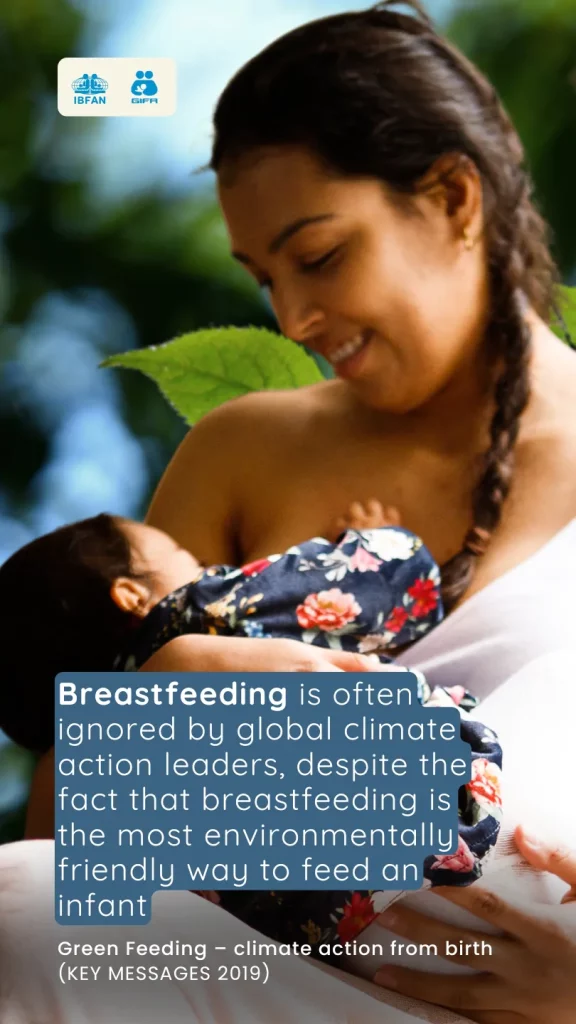
Yet the paradox remains: the same environmental crisis that makes breastfeeding more urgent also makes it harder. Rising heat, polluted air, unsafe water, and disrupted food systems all weigh on the mother-infant dyad.
To reconcile this, experts argue, we need a dual frame: breastfeeding as climate adaptation, and climate policy as maternal protection. That means not only greening industries but also cooling homes, securing nutrition, ensuring clean air, and embedding maternal care into climate resilience planning.
When I returned to Priyanka’s, she sat beside her son, “Some days I think I will stop,” she admitted softly. “But then I look at him, and I know there is nothing else.”
In her words lay the crux of India’s breastfeeding dilemma in a warming world: women are carrying the weight of adaptation alone. To relieve them will require not just medical advice, but structural change, cultural shifts, and climate-conscious policies that honour the act of feeding as both intimate care and planetary resilience.
About the author(s)
Vanita is a lawyer by training and writes stories at the intersection of business & public policy, law, regulations and building inclusive workplaces. She is a Staff Writer for The Ken.
